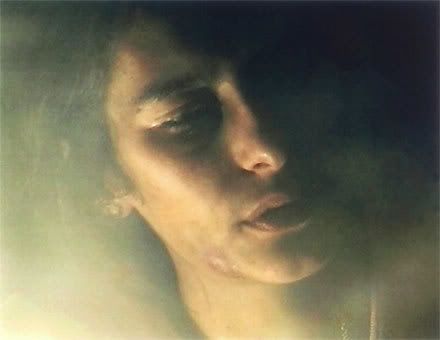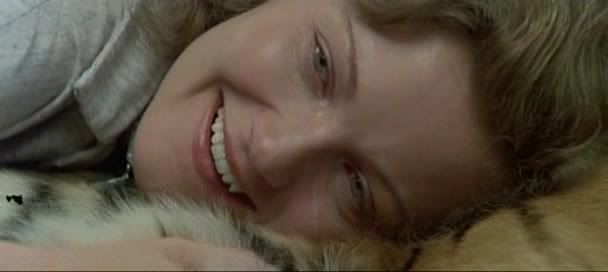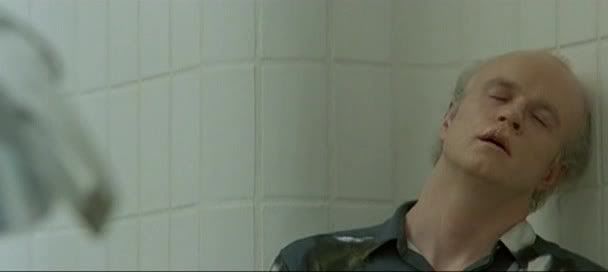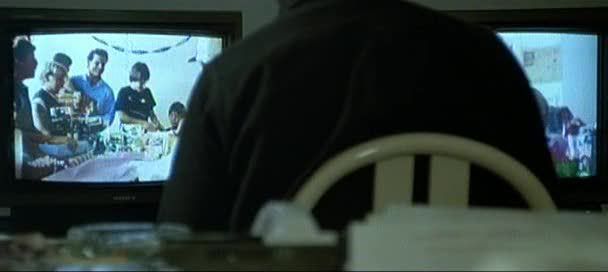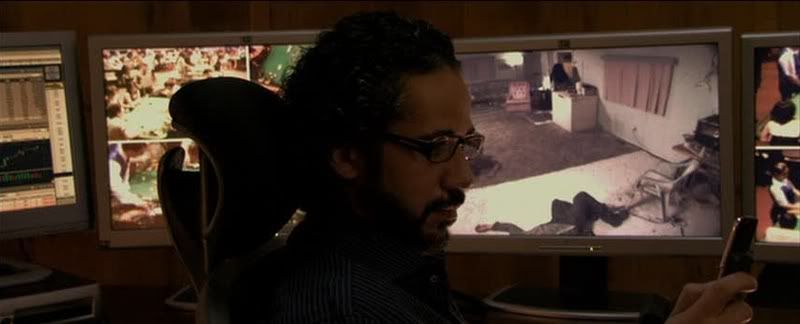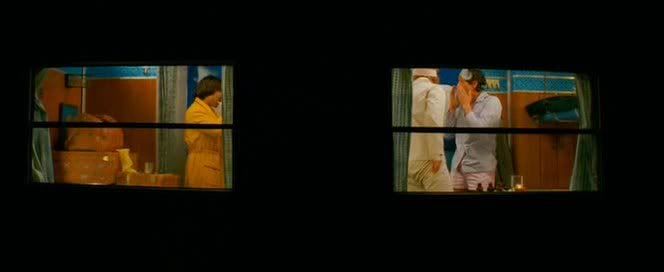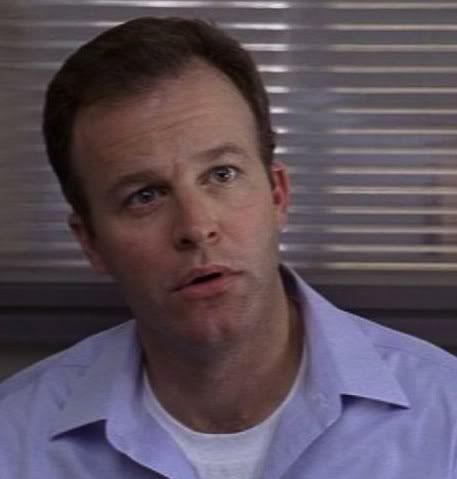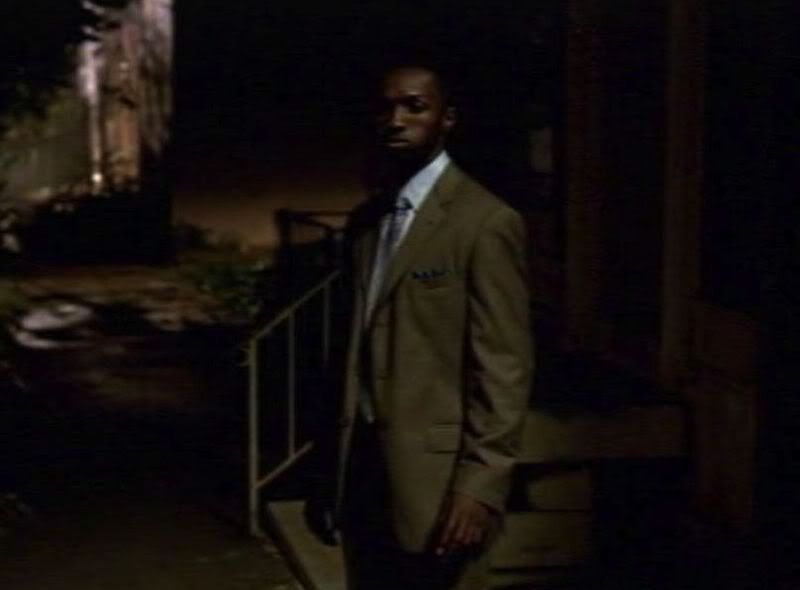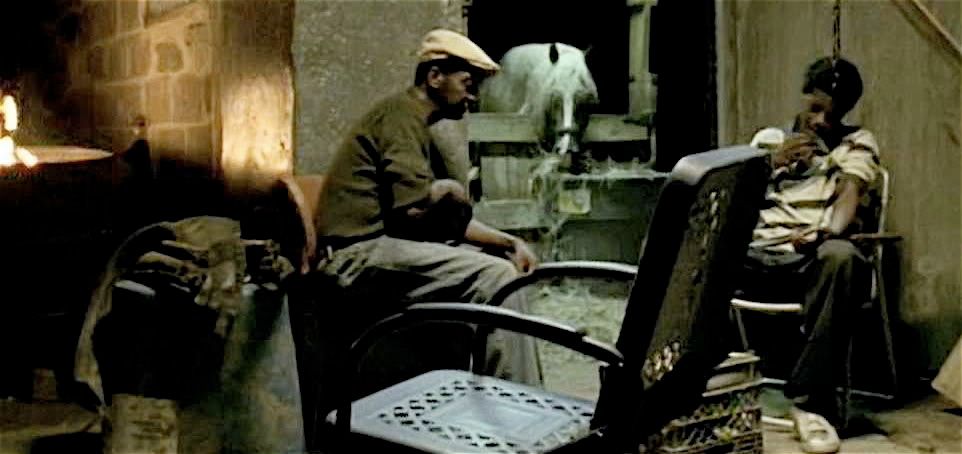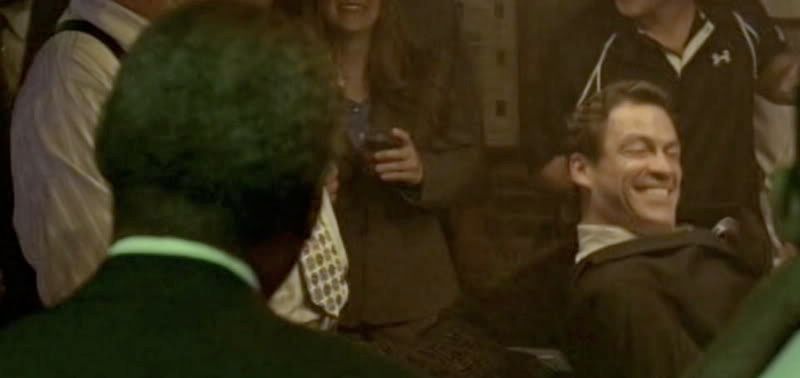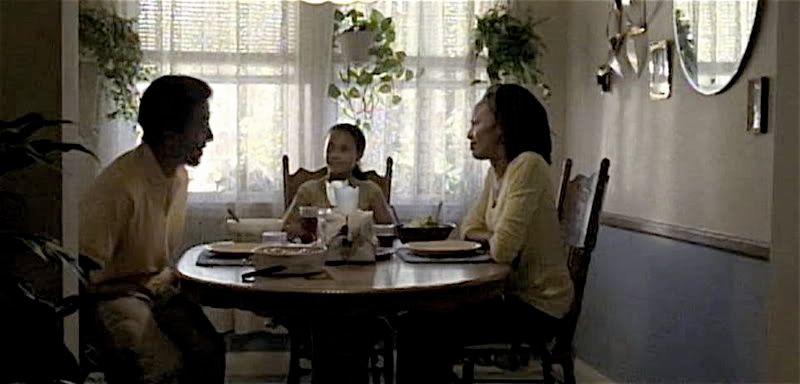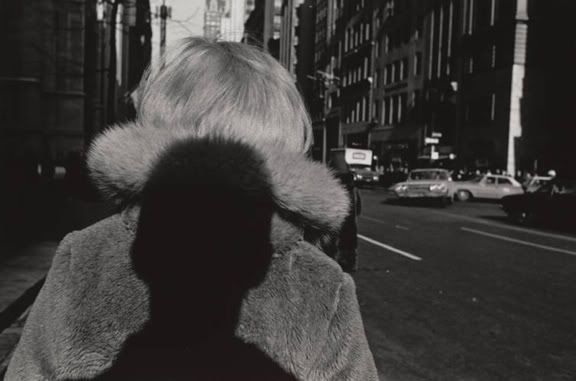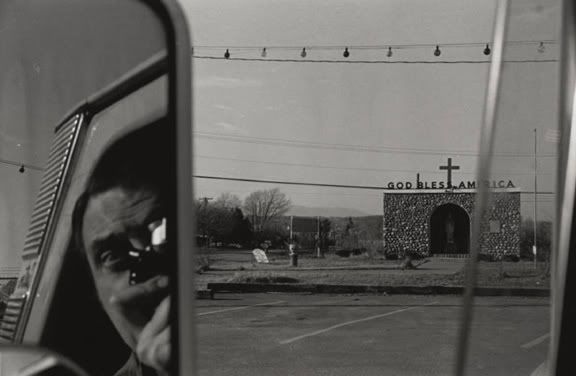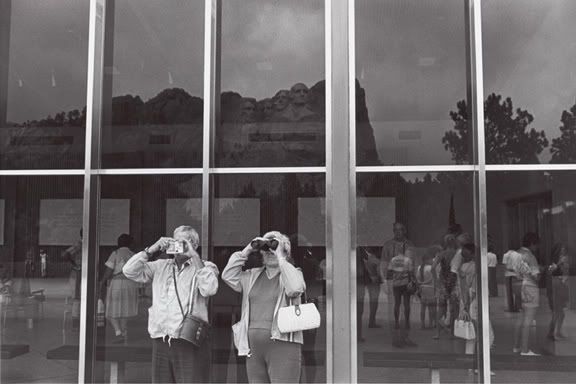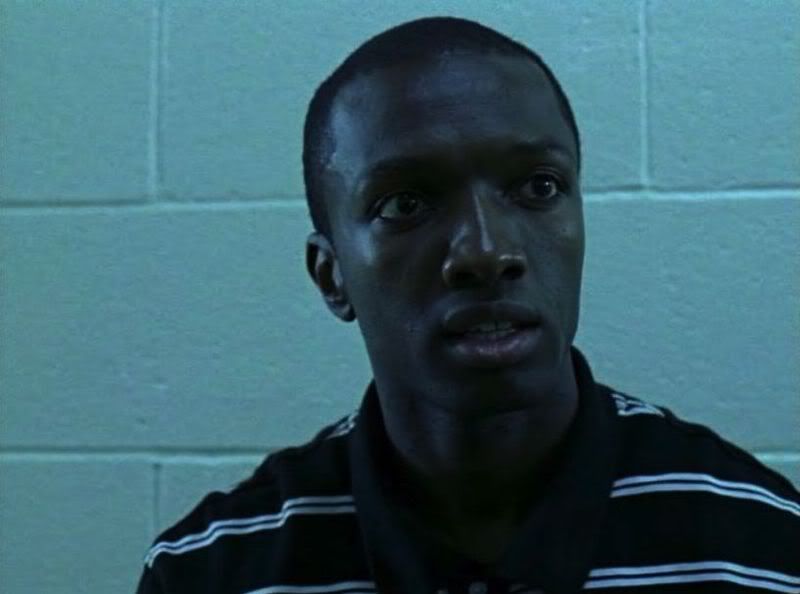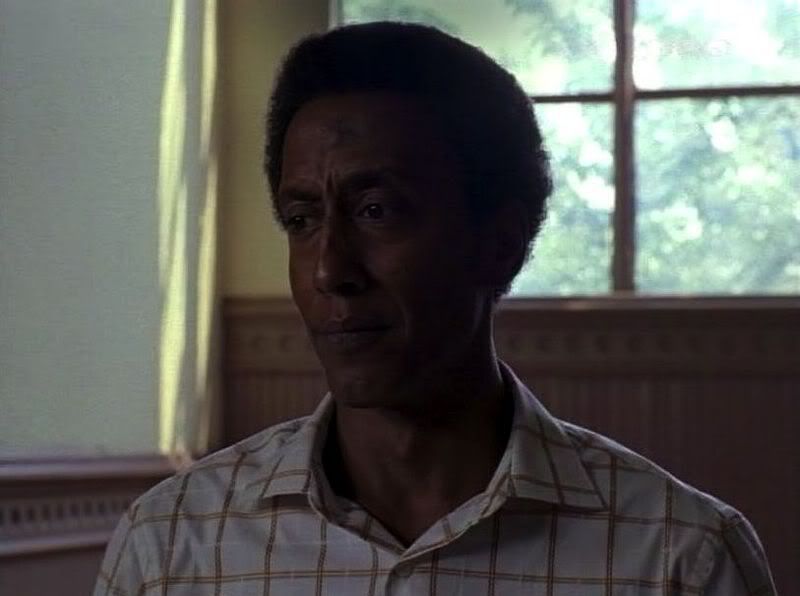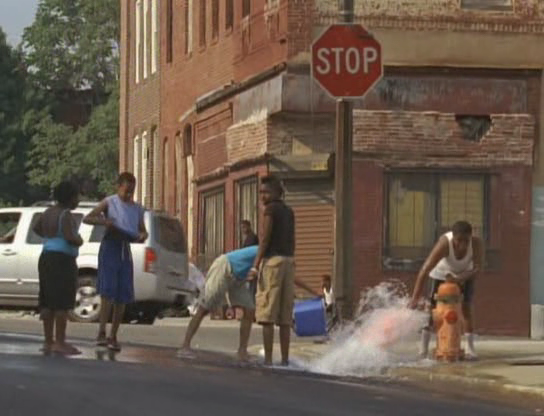— edited by Ryland Walker Knight
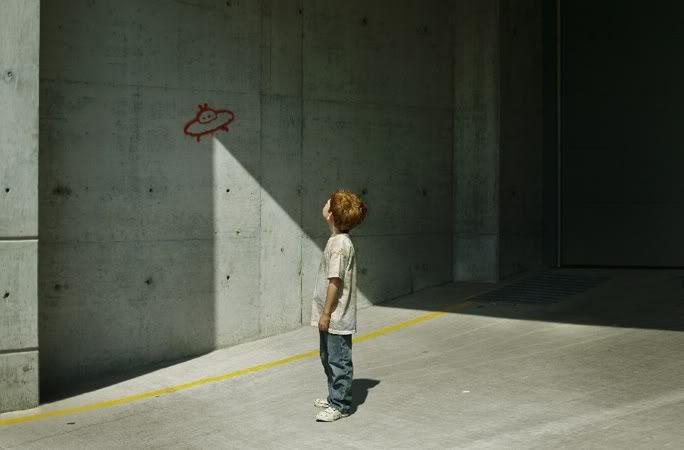 1.
1.Explanations come to an end somewhere.
—
Ludwig Wittgenstein2.Beyond this explicitness in recognizing an end of words, implicitly the form of the principle part of the
Investigations manifests this fate (namely, of being silenced in the face of the other) throughout, in which, in its 693 sections, philosophy comes to an end 693 times.
—
Stanley Cavell3.Criticism has nothing to do with hierarchies.
—
Manny Farber4.A synthetic approach corrects the critic's literary bias towards portentous narrative and his purist bias towards visual bombast. In the process it centres our attention on the normal function of the director: not to devise stories and not to construct painterly patterns but to realize given material and organize it into significant form. In order to comprehend whole meanings, rather than those parts of the meaning which are present in verbal synopsis or visual code, attention must be paid to the whole content of shot, sequence and film. The extent to which a movie rewards this complete attention is an index of its achievement.
—
VF Perkins5.Überhaupt hat der Fortschritt das an sich, daß er viel größer ausshant, als er wirklich ist.*
—
Johann Nepomuk Nestroy
*It is the nature of every advance, that it appears much greater than it actually is.6.My temporality belongs to this larger temporality, and this belonging-to no longer seems capable of being submitted to the Kantian criterion of the distinction between a sequence indifferent to order and a rule-governed sequence. If the physical object may still be constituted by this distinction, the historical object calls for another sort of constitution, a constitution that would take into account a multitude of temportal fields themselves placed into relations of contemporaneity, precedence, and descendence, within an all-encompassing temporal field which is history itself.
—
Paul Ricoeur7.
The nostalgia affectThe image may not first and foremost be a mnemonic but it bares its history, it bares history. The grain of the image tears and tears. Edith Piaf, of course.
—
Daniel Coffeen8.Citizen Kane, in 1941, antedated by several years a crucial change in films from the old flowing naturalistic story, bringing in an iceberg film of hidden meanings. Now the revolution wrought by the exciting by hammy Orson Welles film, reaching its zenith in the 1950's, has run its course and has been superceded by a new film technique that turns up like an ugly shrub even in the midst of films that are preponderantly old gems. Oddly enough the film that starts the breaking away is a middle-1950's film, that seems on the surface to be as traditional as
Greed. Kurosawa's
Ikiru is a giveaway landmark, suggesting a new self-centering approach. It sums up much of what termite art aims at : buglike immersion in a small area without point or aim, and, over all, concentration on nailing down one moment without glamorizing it, but forgetting this accomplishment as soon as it has been passed; the feeling that all is expendable, that it can be chopped up and flung down in a different arrangement without ruin.
—
Farber, again.
9.[Hermeneutics] is not a method or system or theory or any position to be defended or advanced but exactly a context of argument about understanding -- a context whose boundaries are determined not by conceptual traditions, much less by school disciplines, but by the thing itself, that is, by the question of what it is that happens (what the practical consequences are) when we try to make sense of something. What sense this question will have for us, however, is determined by how we frame it, and there are multiple, intersecting, and conflicting frames. Hermeneutics, as I understand it, is this whole network of lines and angles on the question of
verstehen.* There is no getting outside of this network and giving a comprehensive view of it, which is one reason why it is not easy to give a conceptually coherent account of what hermeneutics is.
. . .
So with respect to a discourse or a text,
verstehen is less knowing what the text means in itself than it is knowing how we stand with respect to it in the situation in which we find ourselves.
—
Gerald L Bruns
*understanding10.Philosophy simply puts everything before us, and neither explains nor deduces anything.--Since everything lies open to view there is nothing to explain. For what is hidden, for example, is of no interest to us. One might also give the name "philosophy" to what is possible before all new discoveries and inventions.
—
Wittgenstein, again
11.If the description does not move, then criticism is no more than a dull copy or repetition of the object. The kind of descriptive act required cannot be determined before the encounter with a particular object, but certain guidelines (at least those that work for me) seem to emerge through this writing. One is to ride an impulsive move toward whatever draws one to something in the object—a color, a gesture, a phrase, an edit point, a glance, a rhythm, a whatever. Enter the film through this and describe exactly what is heard and seen, and then begin to describe the film in any order whatsoever rather than the order in which it unravels itself. Soon one’s own description begins not only to mimic the object, as a preliminary move, but also to redraw the object. This is not a betrayal of the object through an enthroning of the primacy of the subject’s narcissistic projection but rather the activation of an encounter, a means of entering the object, though not necessarily through the door marked “Enter.” An eccentric, impulsive, descriptive drive will cut the film up and link the fragments differently from the way the film is itself organized. It is through this montage of description that a reading might emerge.
—
Laleen Jaymanne12.On my better days, I still think of film as the quintessential artform of the last century--a medium for expression uniquely suited to our Modernist Yeatsian decomposition, what with its malleability beneath the knife, as it were, cut and spliced back together again as the un-spooling literalization of some patchwork Prometheus. Likewise, in its 24 flickers a second, it's an illusion of life, teased from the amber of still photography, drawing, painting; mixed with symphonies; blended with dance and movement; enslaved to the syncopation of words and imaginary drum beats. It's a miracle, a golem, capable of illuminating the rawest humanity in one stroke and of exhuming the most abject failure of human impulse in the very next. Its tractability is astonishing--protean, not too much to say magical; in describing his first film experience as a visit to "the kingdom of shadows," Maxim Gorky brushes up against the ineffable sublimity of a medium that mimics the eye, stimulates the ear, and has as one of the key elements of its academic study a concept that suggests the moment a viewer finds himself "sutured" into the text. Like all fine art, then, when it's right, its "rightness" is indescribable--Frank Zappa's "dancing about architecture." And like the stratification of art imposed by some in varying orders to describe the proximity of each to the inexpressibility of their souls (prose to dance to painting to poesy to music, for me), when film aspires to combine the more abstract elements of human expression in its melange, the results, always mixed, at least have the potential to be grand.
—
Walter Chaw13.Instead of Durgnat’s list (which is a fascinating one!), I personally would propose these three words, which are certainly at the driving heart of my own practice:
richness,
intensity and
gesture. Each word responds to a very different ‘level’ of the cinematic experience. I value (as probably most critics do) richness in cinema: the richness of great works that repay endless viewings, works with a complex logic, works that demand a real effort of ‘reading’, interpretation, deciphering, films that are ‘deep and meaningful’. But not all good, important, worthwhile cinema is rich or complex. We also have to make a place – a large place – for everything that is strikingly and memorably excessive, mad, spectacular, breathtaking, in a word intense, in cinema (and our experiences of it): phenomena that happen more on the surface of a work, rather than in its depths. This investment in intensity has led me to the popular forms and genres I love: crazy comedies, teen movies, horror, action etc .., but also the avant-garde! Lastly, gesture relates to a more politico-historical, socio-cultural dimension of cinema: that powerful wave of significance when we sense that a film is making a
move in relation to all those other works with which it forms a ‘family’: when an entrenched stereotype is being lifted or twisted, when a taboo is finally being broken, when two hitherto separate ideas or genres are suddenly being fused together … Only a few people, such as Jim Hoberman, have tried to write fragments of a history of cinema beginning from these kinds of moves or gestures, which sometimes have little to do with either ‘art’ (richness) or the ‘cinematic’ (intensity).
—
Adrian Martin14.What is this prepossession of the visible, this art of interrogating it according to its own wishes, this inspired exegesis?
—
Maurice Merleau-Ponty15.I suspect I am, far more than not, in your own situation: deeply interested in moving pictures, considerably experienced from childhood on in watching them and thinking and talking about them, and totally, or almost totally without experience or even much second-hand knowledge of how they are made. It is my business to conduct one end of a conversation, as an amateur critic among amateur critics. And I will be of use and of interest only in so far as my amateur judgment is sound, stimulating, or illuminating.
—
James Agee
 by Ryland Walker Knight
by Ryland Walker Knight
